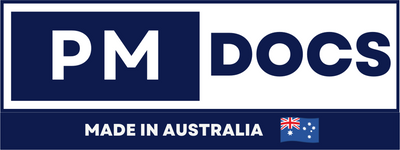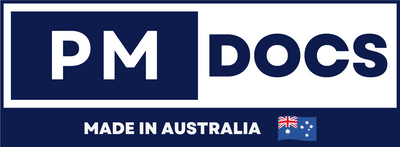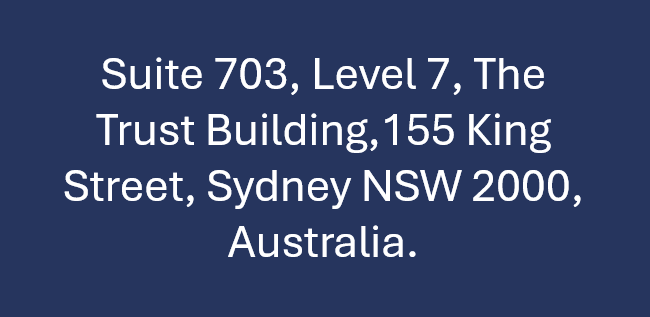Data Protection: Classification And Handling Standards In Australia
Introduction
In today's data-driven world, managing information securely and efficiently is more important than ever. Organizations across Australia must ensure they adhere to data classification and handling standards to protect sensitive information and maintain compliance with regulations. This article will guide you through the essential aspects of data classification rules and standards specific to Australia, helping you understand how to manage data responsibly. Data classification is the process of organizing data into categories based on its sensitivity and importance. This helps organizations determine the appropriate handling measures for different types of information. In Australia, data classification is crucial for compliance with regulations and protecting sensitive data from unauthorized access.

Why Is Data Classification Important?
Data classification enables organizations to:
-
Protect sensitive information: By categorizing data, organizations can apply the necessary security measures to safeguard sensitive information.
-
Ensure compliance: Adhering to data classification standards helps organizations meet regulatory requirements and avoid potential penalties.
-
Optimize data management: Efficient data classification allows organizations to manage their information better, improving access and retrieval processes.
Key Components Of Data Classification
Data classification involves several key components:
-
Sensitivity levels: Classifying data based on its sensitivity helps determine the level of protection required. Common sensitivity levels include public, internal, confidential, and restricted.
-
Data types: Identifying the types of data an organization handles, such as personal information, financial records, or intellectual property, is essential for classification.
-
Access controls: Implementing access controls ensures that only authorized personnel can access sensitive information, reducing the risk of data breaches.
Data Classification Standards In Australia
Australia has established specific data classification standards to ensure organizations manage their information securely and responsibly. These standards provide a framework for classifying and handling data across various sectors.
1. Australian Government Data Classification Framework
The Australian Government Data Classification Framework (AGDCF) is a key standard for classifying and handling data within government agencies. It outlines the following classification levels:
-
Official: This level applies to information that requires a basic level of protection, such as internal communications or publicly available data.
-
Official: Sensitive: This classification covers information that requires additional protection, like personal details or proprietary information.
-
Protected: Protected data requires significant security measures, including encryption and strict access controls. Examples include health records and financial information.
-
Secret: This level is for highly sensitive information that could cause severe damage if disclosed, such as national security details.
-
Top Secret: The highest classification level, Top Secret data, requires the most stringent security measures and is typically related to national security.
2. Industry-Specific Standards
In addition to the AGDCF, industry-specific standards exist for various sectors in Australia:
-
Health Sector: The Health Records and Information Privacy Act 2002 outlines data classification requirements for handling health information.
-
Financial Sector: The Australian Prudential Regulation Authority (APRA) provides guidelines for data management and classification within financial institutions.
-
Education Sector: The Australian Privacy Principles (APPs) apply to educational institutions, ensuring they classify and handle student data responsibly.
Implementing Data Classification And Handling Standards
Implementing data classification and handling standards requires a structured approach to ensure compliance and protect sensitive information.
Step 1: Assess Your Data - Begin by conducting a thorough assessment of the data your organization handles. Identify the types of data, their sensitivity levels, and any regulatory requirements that apply.
Step 2: Develop a Data Classification Policy - Create a data classification policy that outlines your organization's approach to classifying and handling data. This policy should include:
-
Classification levels: Define the sensitivity levels applicable to your organization and the criteria for each level.
-
Handling procedures: Establish procedures for managing data at each classification level, including access controls, encryption, and storage requirements.
-
Roles and responsibilities: Clearly define the roles and responsibilities of employees involved in data classification and handling.
Step 3: Train Your Employees - Training employees is crucial for successful data classification and handling. Ensure all staff members understand the importance of data classification and are familiar with your organization's policy and procedures.
Step 4: Implement Access Controls - Implement access controls to restrict access to sensitive data based on classification levels. This may include role-based access controls, encryption, and multi-factor authentication.
Step 5: Monitor and Review - Regularly monitor and review your data classification and handling processes to ensure compliance with standards and identify areas for improvement. This may involve conducting audits, updating policies, and providing ongoing training for employees.
Best Practices For Data Management
In addition to implementing data classification and handling standards, organizations should adopt best practices for data management to further enhance security and efficiency.
1. Data Minimization - Limit the collection and storage of data to only what is necessary for your organization's purposes. This reduces the risk of data breaches and simplifies data management.
2. Data Encryption - Encrypt sensitive data both in transit and at rest to protect it from unauthorized access. This is especially important for data classified as Protected, Secret, or Top Secret.
3. Regular Backups - Perform regular data backups to ensure that you can recover information in the event of a data loss or breach. Store backups securely and test them periodically to verify their effectiveness.
4. Incident Response Plan - Develop an incident response plan to address potential data breaches or security incidents. This plan should outline the steps to take in the event of a breach, including notifying affected parties and reporting to relevant authorities.
Conclusion
Data classification and handling standards are essential for organizations in Australia to protect sensitive information and ensure compliance with regulations. By understanding the key components of data classification, implementing industry-specific standards, and adopting best practices for data management, organizations can effectively manage their data and safeguard it against unauthorized access. By following these guidelines and continuously reviewing your data management processes, you can ensure that your organization remains secure and compliant in an increasingly data-driven world.




